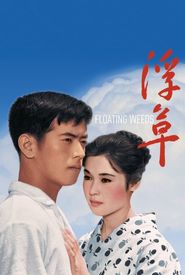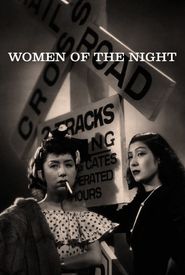Kimura Kume, a trailblazing Japanese actress, entered the world on October 5, 1902, in a rural region of Shizuoka Prefecture, a location that would later shape her life's journey. Her early years were characterized by a series of frequent relocations, as her father, a Buddhist priest, was assigned to various temples throughout his career. This nomadic lifestyle, marked by constant change and movement, would have a profound impact on Kume's personality and worldview, instilling in her a strong sense of adaptability and flexibility that would serve her well in her future endeavors.
Urabe's formal educational pursuits came to a close in Numazu, and by 1919, she had decided to forgo further academic endeavors in favor of embarking on a career in the performing arts. She subsequently joined a prominent theatre company, embarking on a tour under various stage names, showcasing her talents as both an actor and dancer. Her captivating stage presence and impressive versatility did not go unnoticed, as film studio Nikkatsu took notice of her exceptional abilities. In 1923, she successfully auditioned for the studio and adopted the professional moniker Kumeko Urabe, a name that would come to be synonymous with her illustrious career.
Kumeko Urabe:
Born: Numazu
Education: Completed formal education in Numazu
Career: Joined a theatre company, toured under different stage names as an actor and dancer
Notable Works: Successfully auditioned for film studio Nikkatsu in 1923
Stage Name: Kumeko Urabe
Urabe's illustrious cinematic career, spanning an impressive six decades, began in 1924 with her inaugural appearance on the big screen. Throughout her remarkable tenure, she had the privilege of collaborating with some of the most esteemed and revered directors in Japanese cinema, including the acclaimed Kenji Mizoguchi and Mikio Naruse. As a testament to her enduring talent and versatility, Urabe amassed an astonishing filmography of over 320 titles, each one a testament to her remarkable range and adaptability as a performer.
Some of her most notable and enduring roles include the critically acclaimed films Ikiru, Older Brother, Younger Sister, Portrait of Madame Yuki, She Was Like a Wild Chrysanthemum, and Street of Shame, each one a masterclass in acting and storytelling.
Noted Japanese actress, Urabe, diversified her creative endeavors beyond the realm of cinema, also making a mark in television dramas. Throughout a remarkable career spanning from 1958 to 1980, she appeared in a total of thirteen episodes of the esteemed Toshiba Sunday Theatre, showcasing her remarkable talent and versatility. As Urabe entered the later stages of her life, she ingeniously carved out a distinctive niche for herself, earning the endearing moniker "Grandma idol". This term, affectionately used to describe elderly actresses who continued to mesmerize audiences with their captivating performances, aptly reflected Urabe's remarkable ability to transcend age and maintain her allure on the screen.
Urabe's illustrious and storied career, marked by a plethora of unforgettable performances, ultimately drew to a close on October 26, 1989, thereby cementing her status as one of Japan's pioneering and most cherished actresses, whose enduring legacy continues to captivate audiences to this very day.































